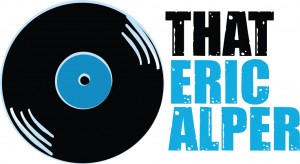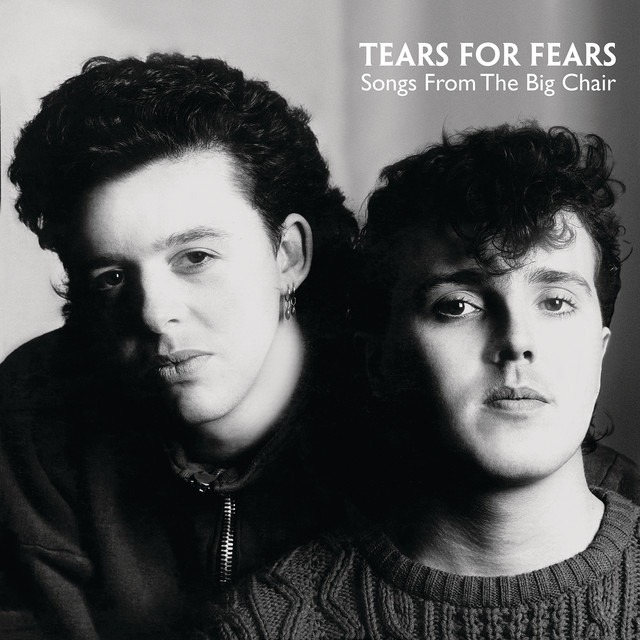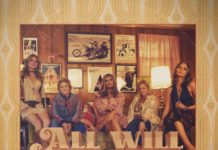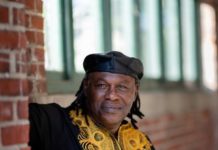For many artists, the second album is a make-or-break moment. It’s where they move beyond the hype, the debut, the first impression—and show who they really are. Across rock, soul, hip-hop, and pop, these sophomore records didn’t just avoid the dreaded slump. They redefined genres, topped charts, and cemented legends.
Nevermind – Nirvana (1991)
Kurt Cobain, Krist Novoselic, and new drummer Dave Grohl didn’t just follow up Bleach—they rewrote rock’s rulebook. Nevermind brought grunge into the mainstream, with “Smells Like Teen Spirit” sparking a cultural explosion. Cobain’s raw emotion met pop sensibility, and suddenly, flannel was fashion. The album unseated Michael Jackson on the Billboard charts and became the defining sound of the ’90s.
Deja Vu – Crosby, Stills, Nash & Young (1970)
Technically the second for the CSN trio, and the first to feature Neil Young, Deja Vu deepened the band’s harmonies and lyrical depth. With songs like “Helpless” and “Teach Your Children,” the album blended personal storytelling with social consciousness. It captured the mood of a restless era and became a landmark in folk-rock.
It Takes a Nation of Millions to Hold Us Back – Public Enemy (1988)
Public Enemy’s second album hit harder, louder, and smarter than almost anything else in hip-hop. Chuck D’s voice was commanding, Flavor Flav brought chaos, and the Bomb Squad’s production was revolutionary. With tracks like “Don’t Believe the Hype” and “Bring the Noise,” they made music that sounded like protest—and still does.
Tapestry – Carole King (1971)
After years of writing hits for others, Carole King stepped into the spotlight with a second album that felt intimate and universal. Tapestry was warm and honest, with classics like “You’ve Got a Friend” and “It’s Too Late.” It stayed on the charts for six years and became one of the best-selling albums by a female artist ever.
Moondance – Van Morrison (1970)
Following the spiritual, abstract Astral Weeks, Van Morrison’s second solo album was soulful and grounded. Moondance fused jazz, folk, and R&B into something effortlessly cool. From the title track to “Into the Mystic,” it was romantic, mysterious, and deeply human—setting the tone for Morrison’s enduring career.
Songs from the Big Chair – Tears for Fears (1985)
The leap from The Hurting to Songs from the Big Chair was massive. Roland Orzabal and Curt Smith broadened their sonic palette and tackled weighty themes with stadium-sized hooks. “Shout,” “Everybody Wants to Rule the World,” and “Head Over Heels” made them global stars—and the album is still a new wave benchmark.
The Band – The Band (1969)
After backing Dylan and debuting with Music from Big Pink, The Band returned with a self-titled record that felt like it was carved from American history. Songs like “The Night They Drove Old Dixie Down” and “Up on Cripple Creek” built a mythos around the group’s rustic storytelling and tight, intuitive playing.
This Year’s Model – Elvis Costello (1978)
Backed by the newly formed Attractions, Costello made his mark with sharp, nervy energy. This Year’s Model turned new wave into a weapon—cynical, stylish, and sonically relentless. Tracks like “Pump It Up” and “(I Don’t Want to Go to) Chelsea” proved he was no one-album wonder.
Legend of a Band Called X – The Pharcyde (1995)
While Bizarre Ride II the Pharcyde was fun and chaotic, their follow-up, often overlooked, matured the group’s sound. Labcabincalifornia (sometimes subtitled “Legend of a Band Called X”) leaned into jazzier, J Dilla-produced beats and more reflective rhymes. It didn’t go platinum, but its influence is undeniable in alternative hip-hop circles.
The Bends – Radiohead (1995)
After the unexpected success of “Creep,” Radiohead could’ve faded. Instead, they made The Bends—a bold, emotionally rich album that showcased their full potential. With soaring anthems like “Fake Plastic Trees” and “Street Spirit,” the band proved they weren’t just riding the alt-rock wave—they were reshaping it.







